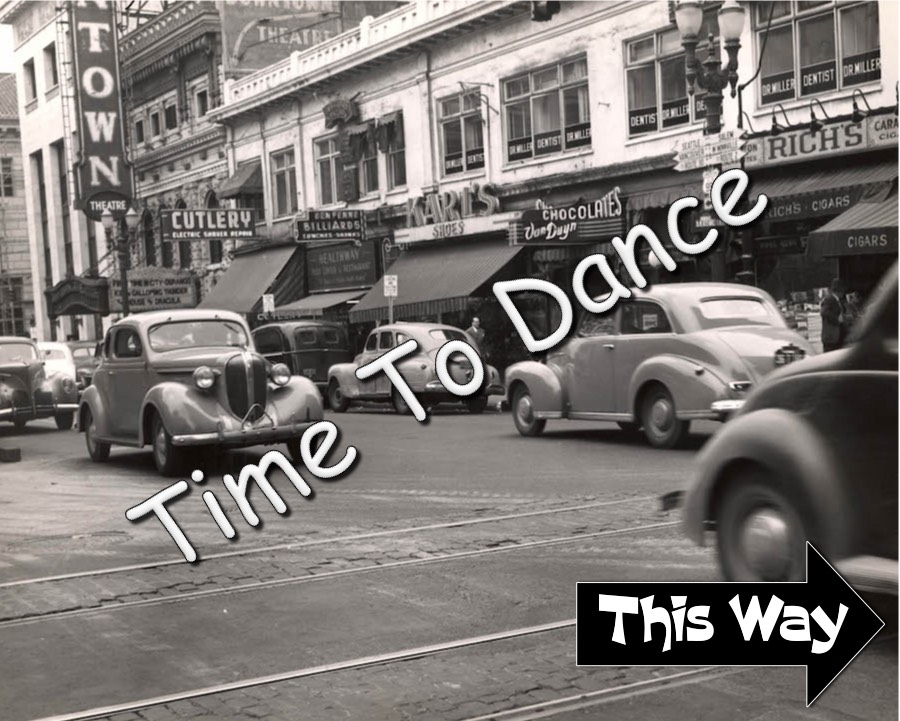Who Was Here?? (Page Two)
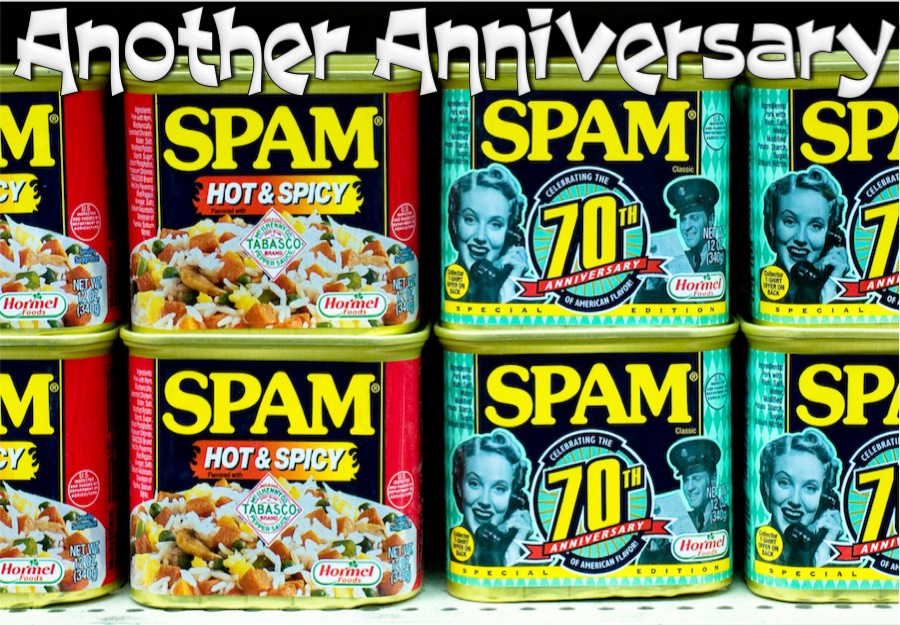
Did You Know? - The 1940s were the crucial decade for American dance in this century, crystallizing the experiments of the two previous decades and establishing the dominant forms of the medium until the 1970s. It was an age of remarkable cross-fertilization. Various forms heretofore distinct were imaginatively combined: ballet was fused with modern dance; modern dance with burlesque and vaudeville.
Jazz, tap, and swing music influenced everything; popular dances and steps from Harlem nightclubs, such as the jitterbug, found their way to the performance hall and the Broadway stage. The giants of modern American dance—George Balanchine, Martha Graham, Helen Tamiris, Jerome Robbins, Agnes de Mille, Fred Astaire, and Gene Kelly—established or consolidated their reputations during the decade; classic musicals such as Oklahoma! (1943), Pal Joey (1940), Annie Get Your Gun (1946), andAnchors Aweigh (1945).
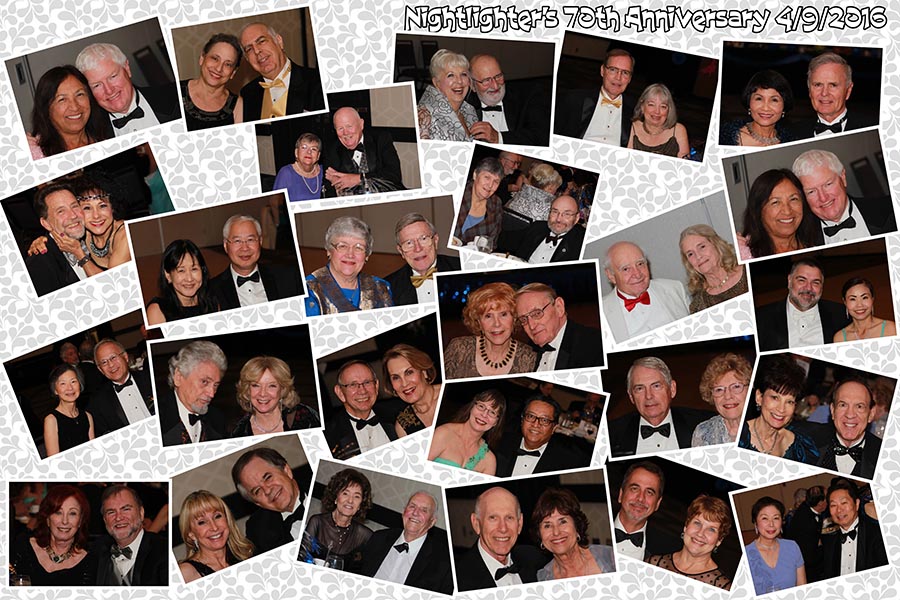
Click for the full sized image
Did You Know? - A ballroom is a large room inside a building, the designated purpose of which is holding large formal parties called balls. Traditionally, most balls were held in private residences; many mansions contain one or more ballrooms. In other large houses, a large room such as the main drawing room, long gallery, or hall may double as a ballroom, but a good ballroom should have the right type of flooring, such as hardwood flooring or stone flooring (usually marble).
Ballrooms are generally quite large, and may have ceilings higher than other rooms in the same building. The large amount of space for dancing, as well as the highly formal tone of events have given rise to ballroom dancing. The largest balls are now nearly always held in public buildings, and many hotels have a ballroom. They are also designed large to help the sound of orchestras carry well throughout the whole room.
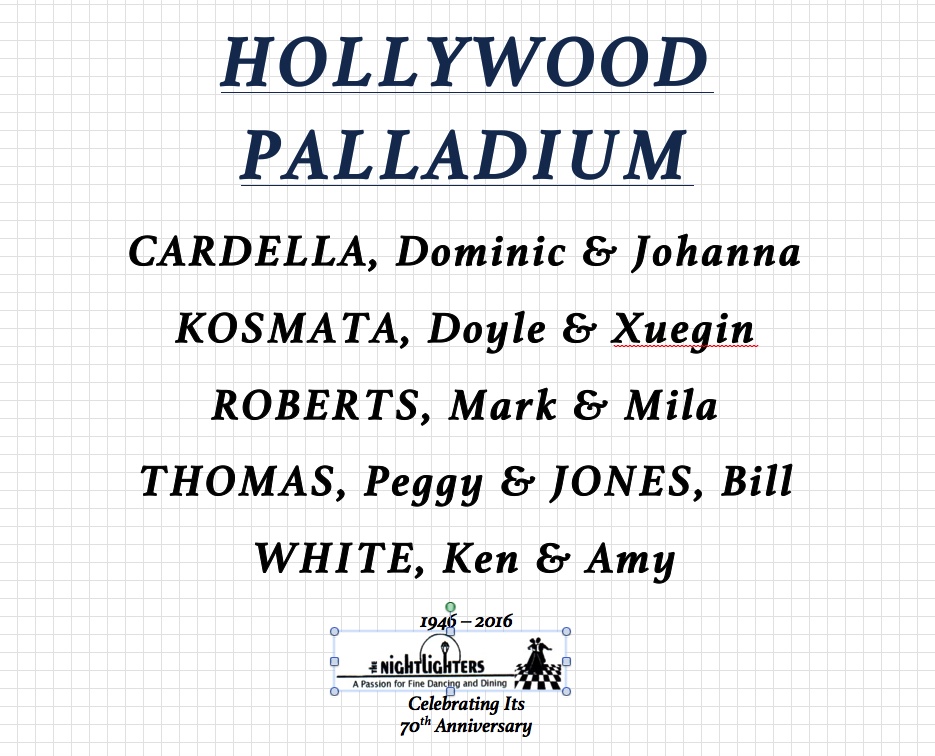
Did You Know? - Los Angeles Times publisher Norman Chandler funded the construction of the art deco Hollywood Palladium at a cost of $1.6 million in 1940. It was built where the original Paramount lot once stood by film producer Maurice Cohen and is located between Argyle and El Centro avenues. The style dance hall was designed by Gordon Kaufmann, architect of the Greystone Mansion, the Los Angeles Times building and the Santa Anita Racetrack in Arcadia. He was also the architect for the Hoover Dam and early Caltech dorms.
The ballroom opened on October 31, 1940 with a dance featuring Tommy Dorsey and his Orchestra and band vocalist Frank Sinatra. It had six bars serving liquor and two more serving soft drinks and a $1 cover charge and a $3 charge for dinner.
During WWII, the Palladium hosted radio broadcasts featuring Betty Grable greeting servicemens' song requests. Big Band acts began losing popularity in the 1950s, causing the Palladium to hold charity balls, political events, auto shows, and rock concerts. In 1961, it became the home of the long-running Lawrence Welk Show.
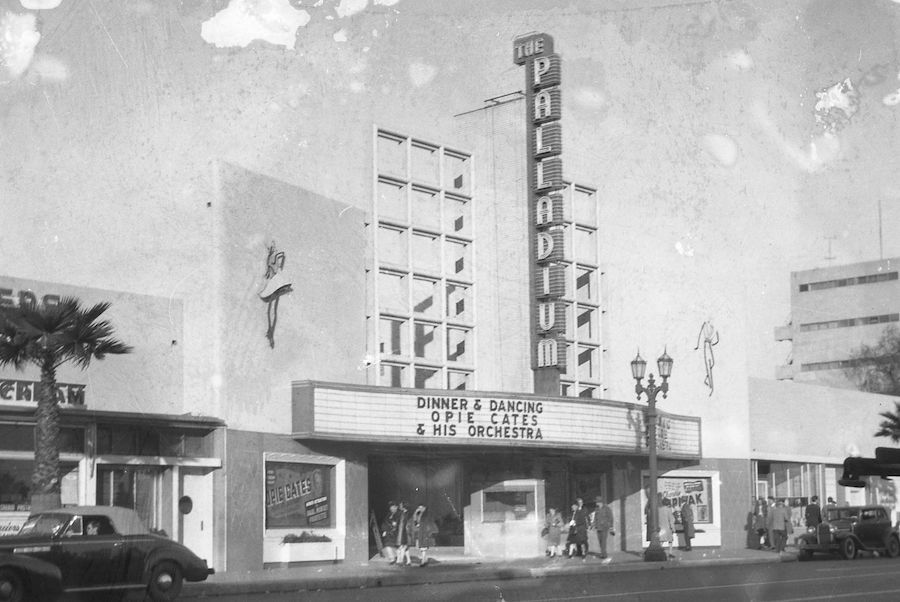
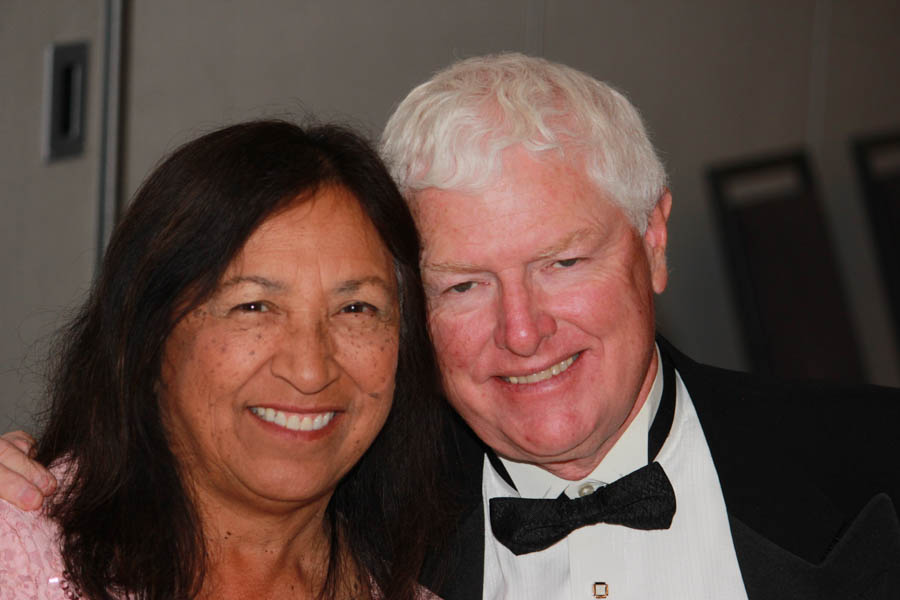
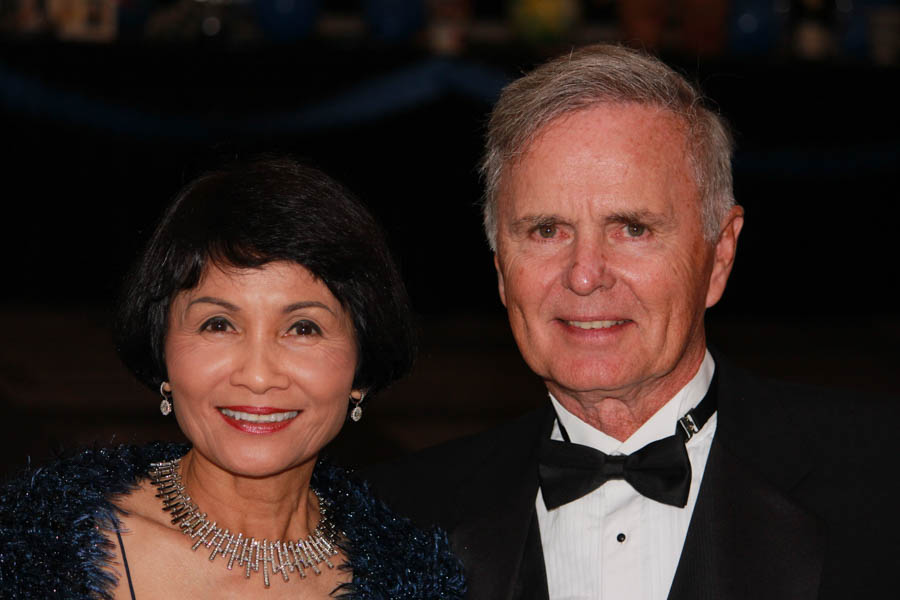
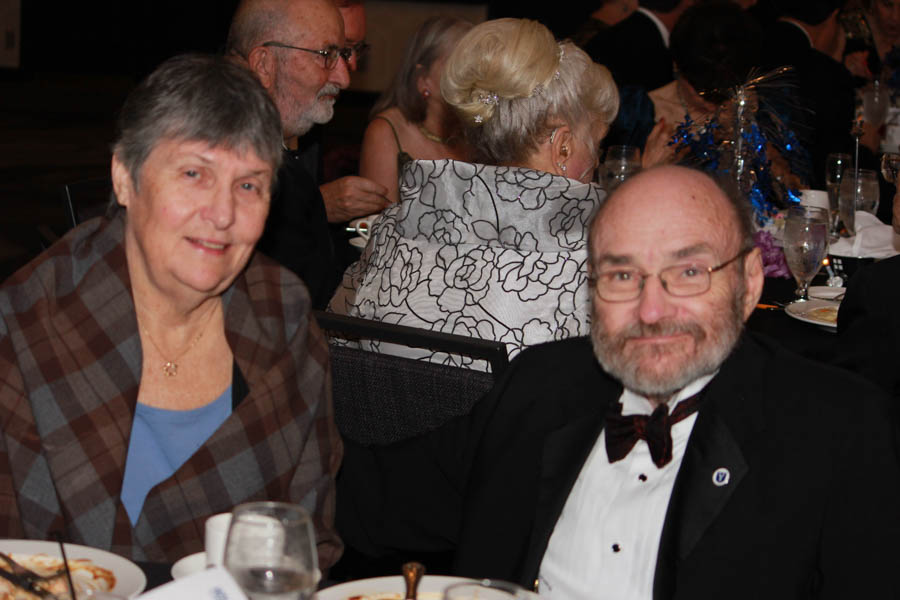
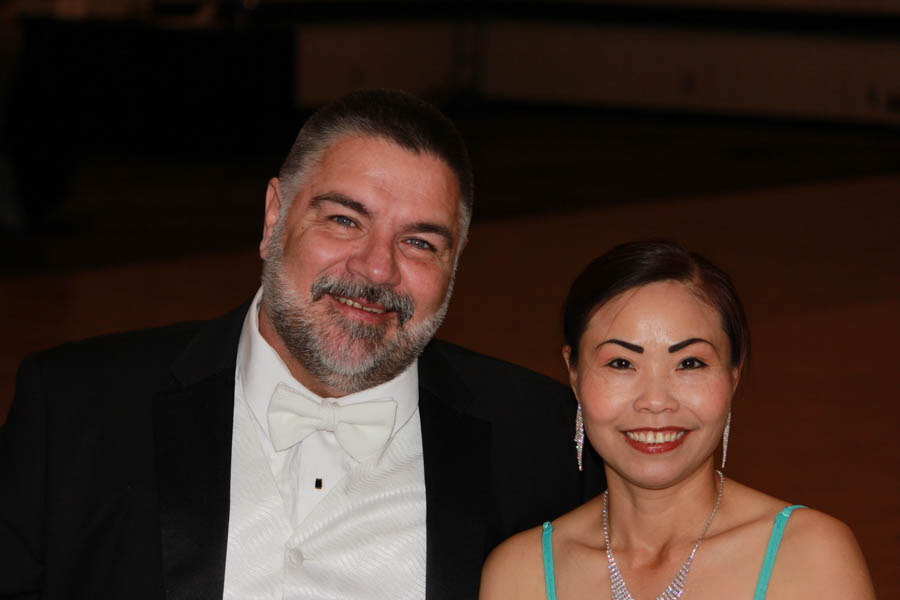
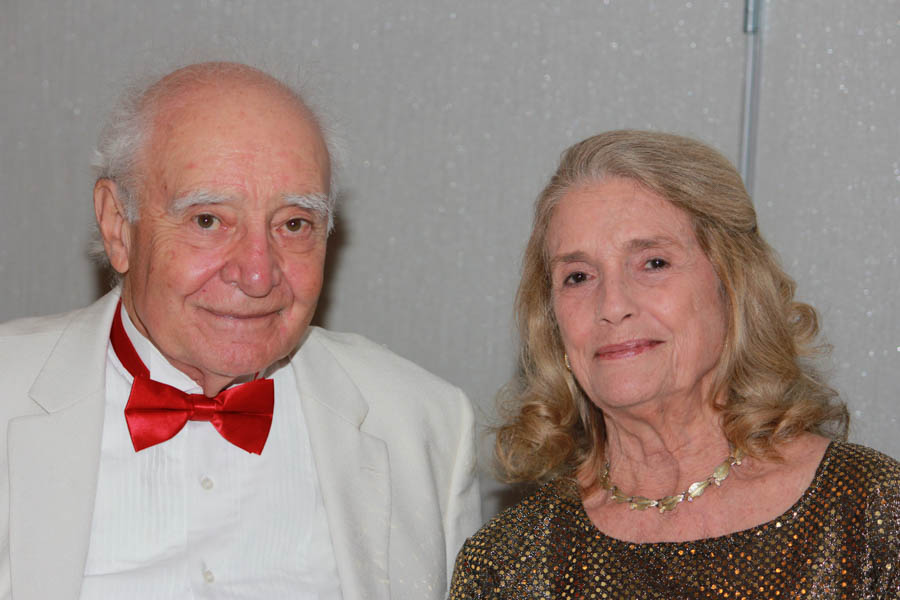
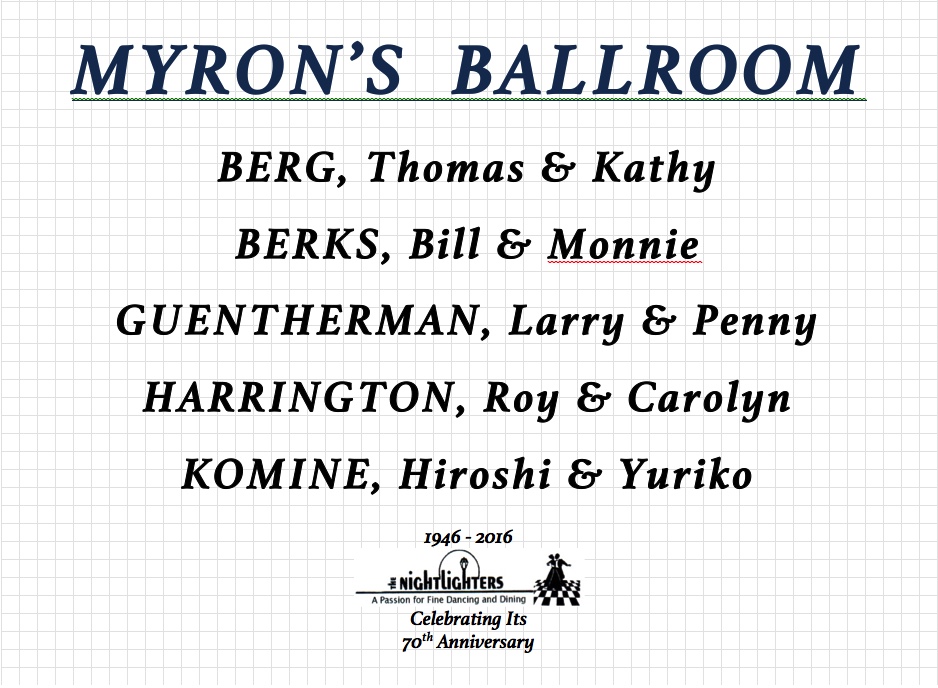
Did You Know? - The LA Business Journal reports that the Grand Avenue Nightclub, formerly Myron's Ballroom, located at 1024 South Grand Avenue has been sold and will "likely be torn down and rebuilt as a mixed-use condos over retail project." Myrna Myron, a former chorus girl, purchased the property in 1946 and made it a premiere destination for dancers and bands in the swing era. The dance hall was originally built by silent film star Mary Pickford.
Highly successful, the ballroom survived the end of the big band era and has continually reinvented itself with the many changes in contemporary music culture. The club hosted rock bands through the 1950s and 1960s, and was renamed Dillon's during the Disco era of the late 1970s. Nowadays, the old ballroom, known as the Grand Avenue Nightclub, hosts the latest in house and salsa music.
The location is one of the few historic Los Angeles ballrooms from the 1940s to remain in its original use. Another, the former Danceland Ballroom at 1350 Figueroa across from Staples Center, was demolished just this week. Others, such as the Cocoanut Grove (1921) at the Ambassador, the Hollywood Palladium (1940), the The Derby (1929) in Hollywood, and Florentine Gardens (1938) are threatened with near imminent demolition.
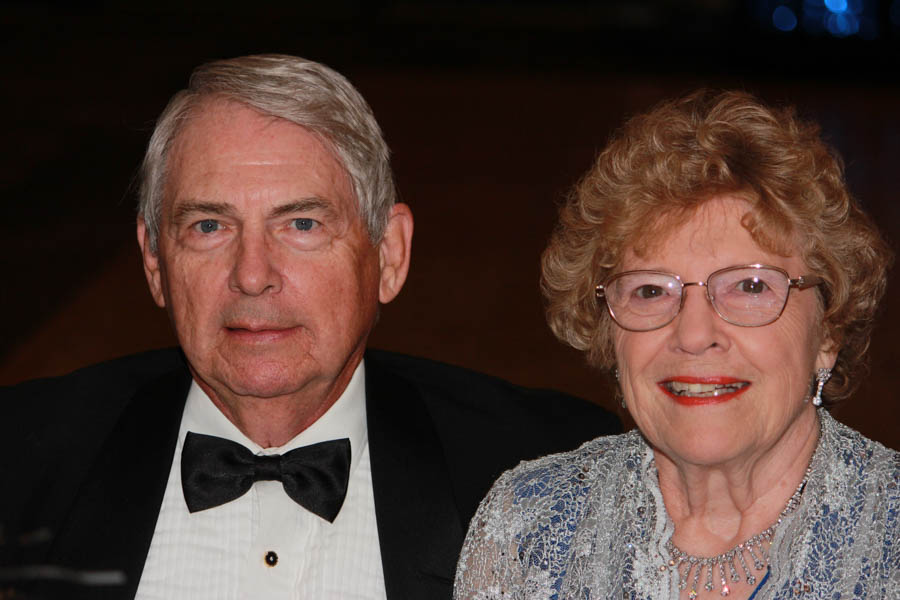
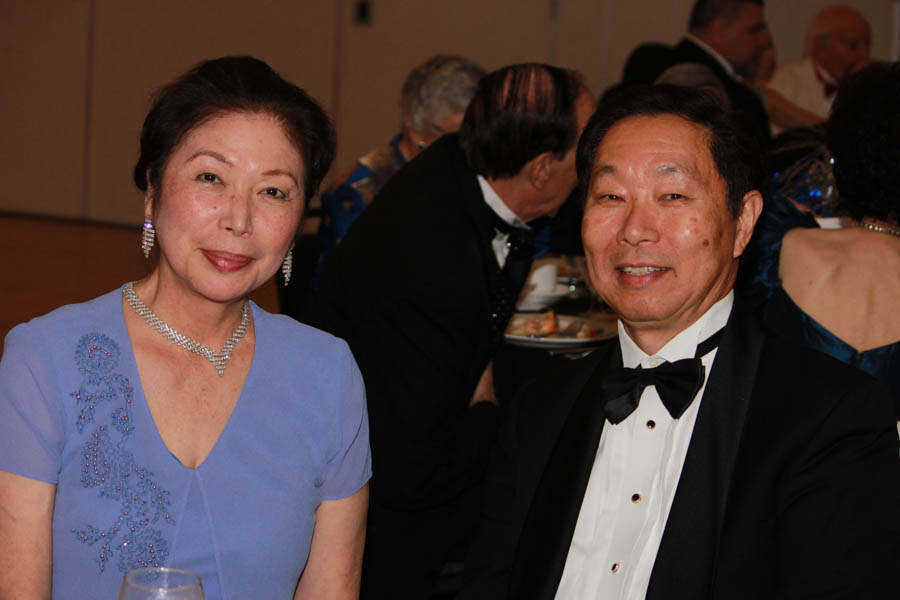
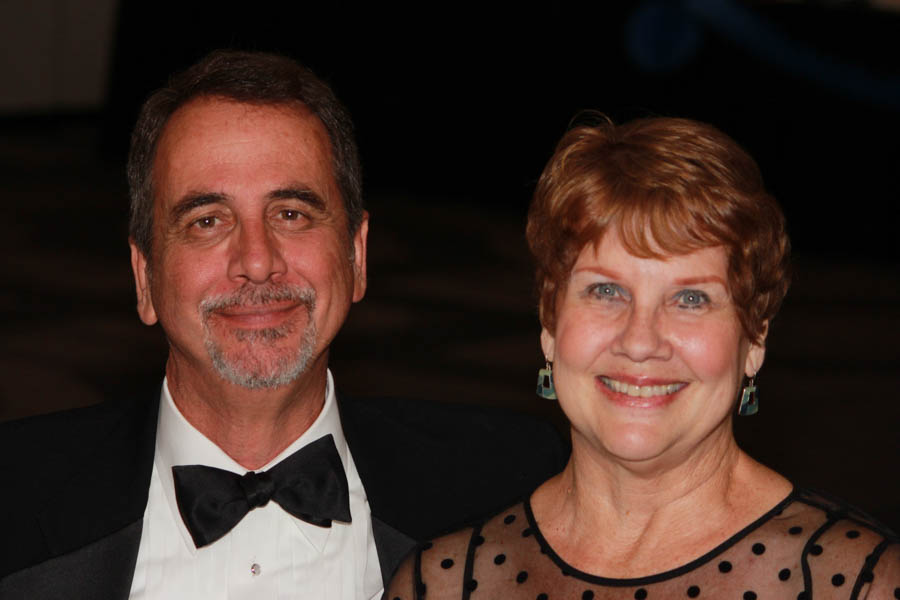
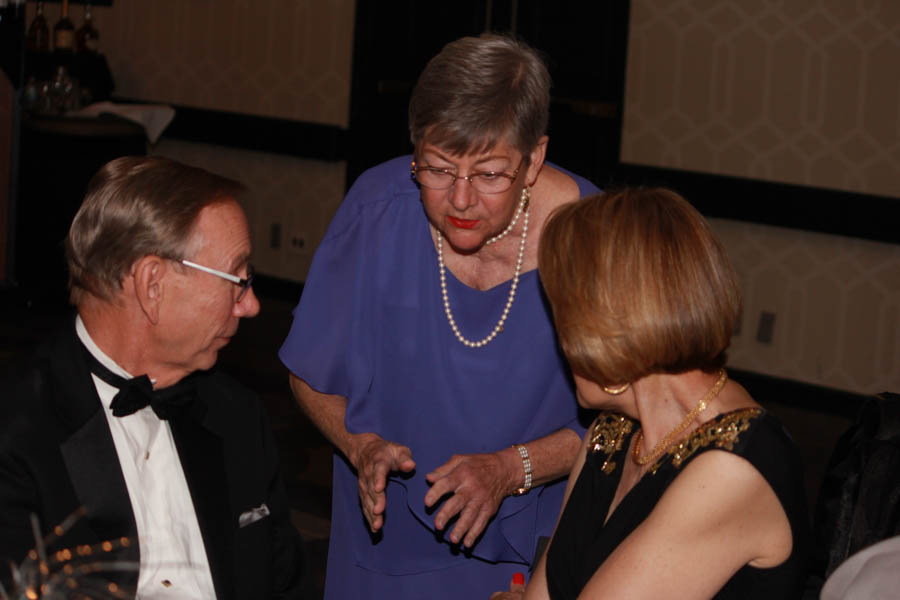
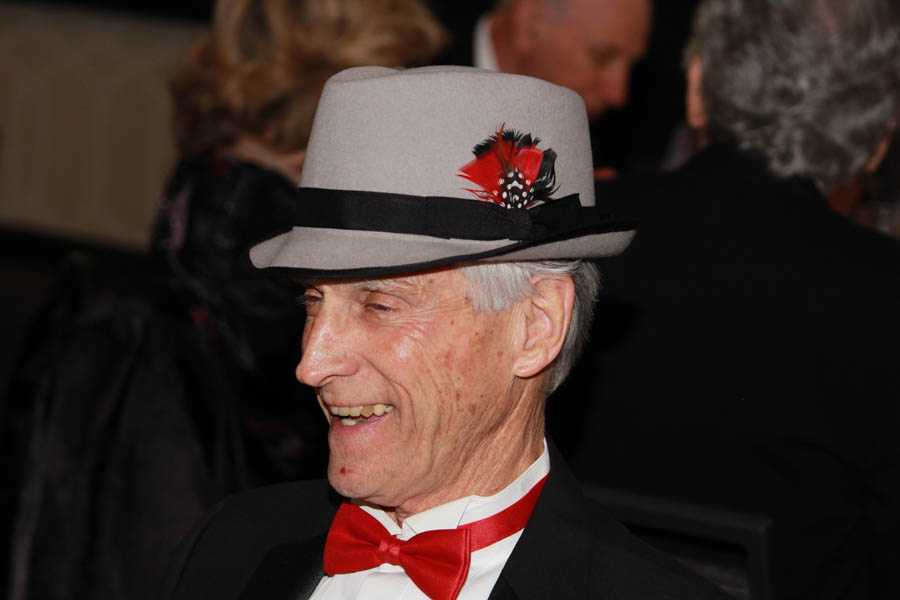
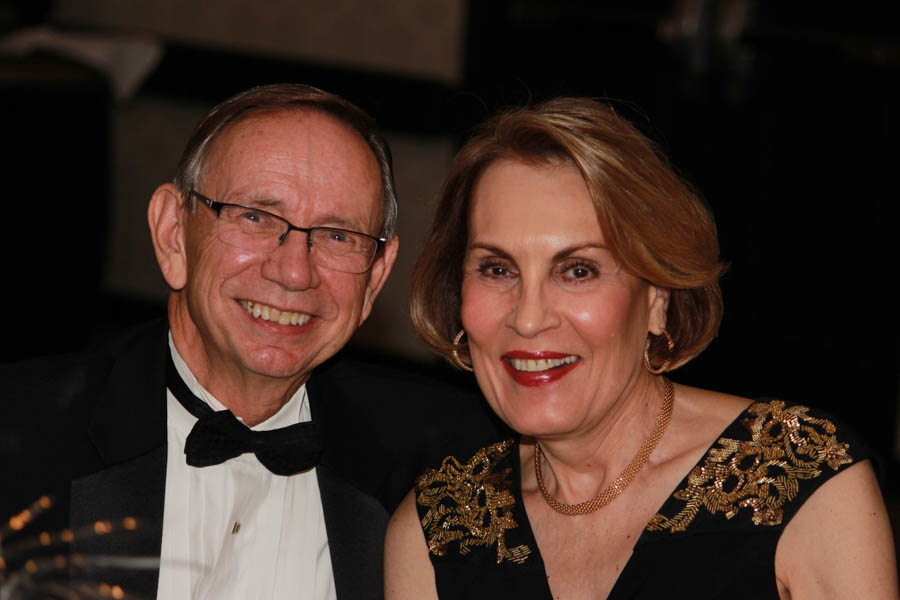
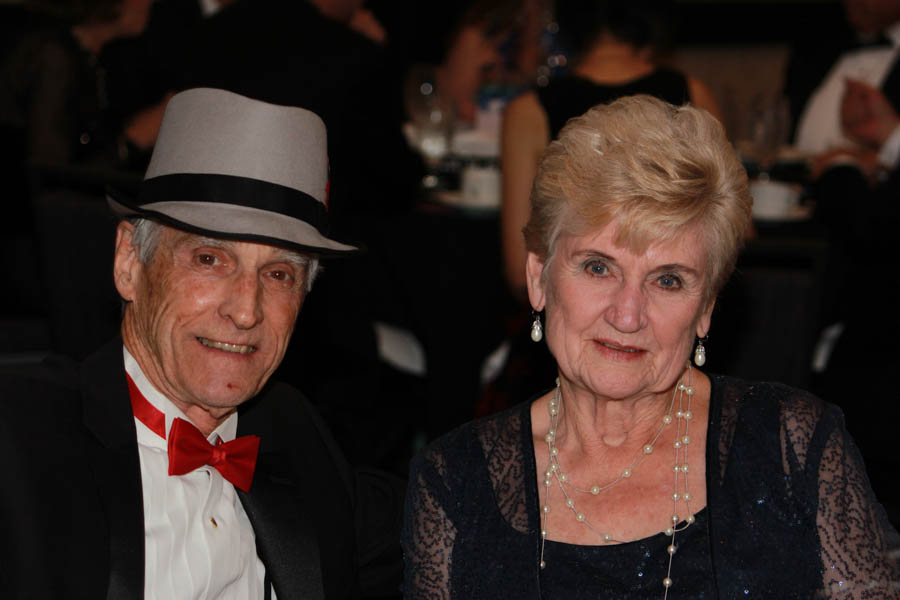

Did You Know? - The Ambassador Hotel was located at 3400 Wilshire Boulevard, between Catalina Street and Mariposa Avenue, in the center of then defined Mid-Wilshire district, later defined in the present day Koreatown district. It was designed by Pasadena architect Myron Hunt in an eclectic Mediterranean Revival style with Art Deco elements and signage.
The Ambassador Hotel was frequented by celebrities, some of whom, such as Pola Negri, resided there. From 1930 to 1943, six Academy Awards ceremonies were performed at the hotel. Perhaps as many as seven U.S. presidents stayed at the Ambassador, from Hoover to Nixon, along with chiefs of state from around the world. For decades, the hotel's famed Cocoanut Grove nightclub hosted well-known entertainers, such as Frank Sinatra, Barbra Streisand, Judy Garland, Lena Horne, Bing Crosby, Nat King Cole, Liza Minnelli, Martin and Lewis, The Supremes, Merv Griffin, Dorothy Dandridge, Vikki Carr, Evelyn Knight, Vivian Vance, Dick Haymes, Sergio Franchi, Perry Como, Dizzy Gillespie, Benny Goodman, Sammy Davis Jr., Little Richard, Liberace, Natalie Cole, and Richard Pryor.
The hotel served alcoholic beverages during the Prohibition.
During World War II the Ambassador Hotel was used for war fundraisers in Cocoanut Grove and when the war ended, the Cocoanut Grove became a retreat for servicemen, servicewomen, and many movie actors.
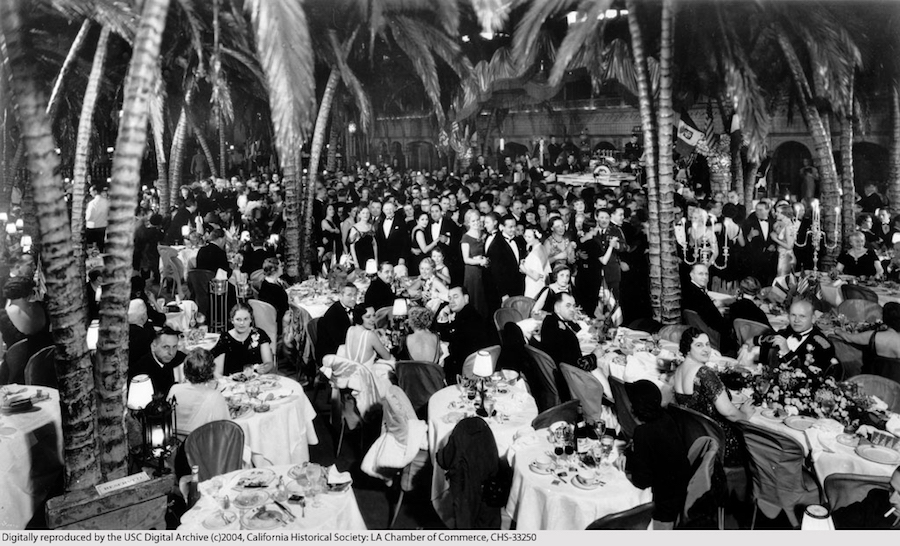
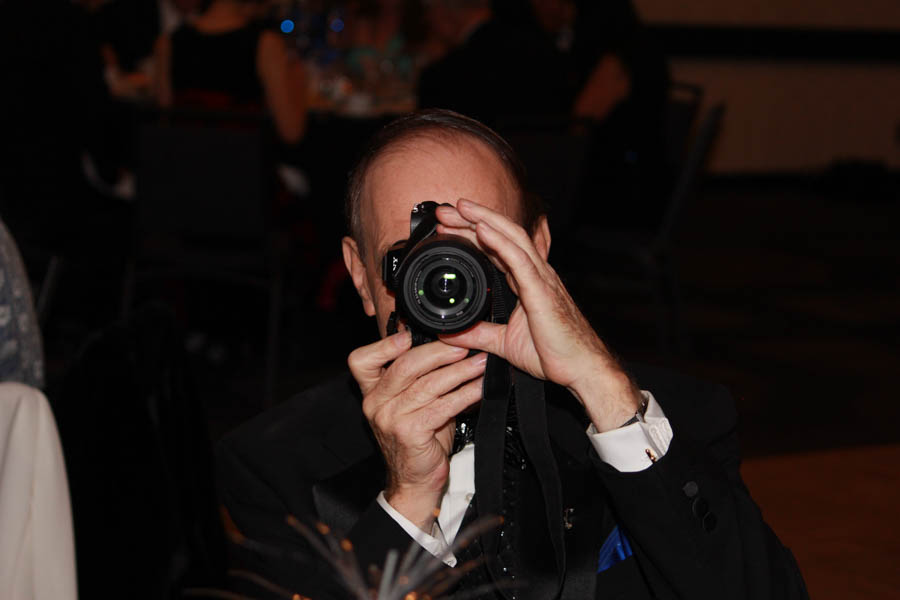
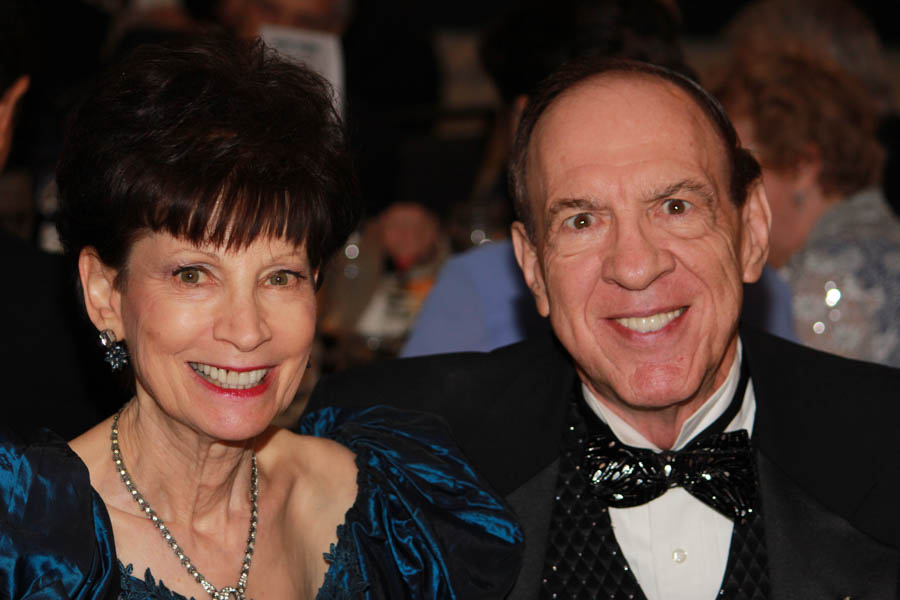
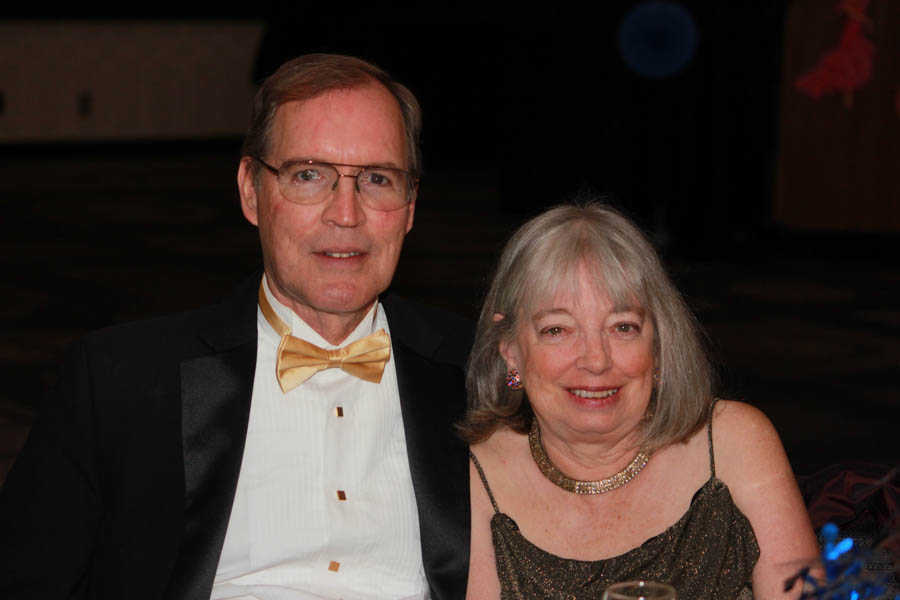
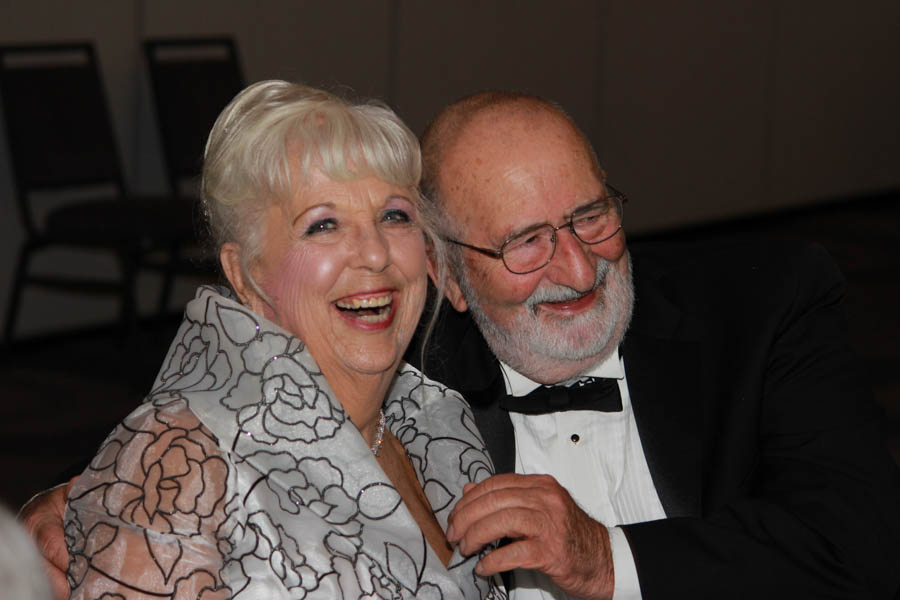
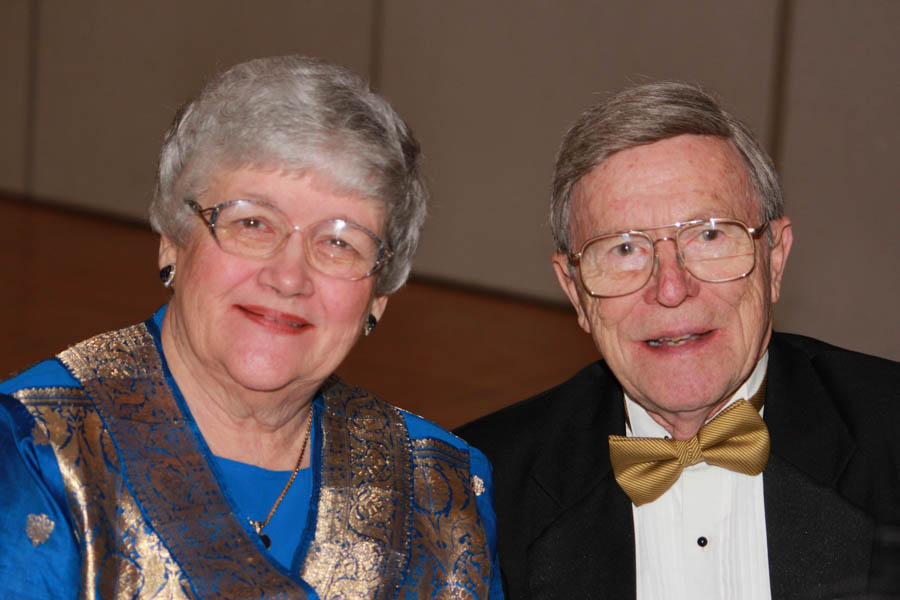

Did You Know? - The ballroom and the pier, named Lick's Pier, was erected in 1922. Lick's Pier was located[1] at the foot of Navy Street adjoining the south side of the Pickering Pier. Lick's Pier was, in 1922, almost entirely in Venice. It was 800 feet long and 225 feet wide. At the opening of Lick's Pier and the Bon Ton Ballroom on Easter weekend 1922, the ballroom was 22,000 square feet, and the pier featured a Zip roller coaster, a Dodge'em, Caterpillar rides, and Captive Aeroplane rides. Development, costing $250,000, commenced in 1921 and was financed by Charles Jacob Lick (1882–1971), Austin Aloysius McFadden (1875–1960), and George William Leihy (1865–1940).
Schooler, whose Swing Shift Dances had originally been held at the nearby Casino Gardens, signed a 10-year lease in 1942 for the old Ocean Park venue, which was said to have 1,500 electric lights and 14,000 square feet (1,300 m2) of floor space, from owner Charles Lick. Schooler renamed it the Aragon, then spent some $50,000 to refurbish it.
By August 1943, the 25-year-old Schooler was earning $55 a week as a toolmaker at Douglas Aircraft Co. in Santa Monica during the graveyard shift, a job which he later claimed he retained to protect himself from the wartime draft. But the balance of his reported $250,000-a-year gross income came from his several roles as dance hall impresario, bandleader and promoter, which by August 1943 included seven nights a week at the Aragon Ballroom, Friday and Saturday nights with the Swing Shift Dances (12:30 a.m. to 5 a.m.) at the nearby Casino Gardens, monthly dances for African-Americans at the Shrine Auditorium in Los Angeles and barn dancing in the Plantation Ballroom in Culver City.[citation needed]
Billboard magazine reported in July 1944 that "cowboy outfits" such as Spade Cooley and Bob Wills had been, and would continue to be, booked to play at the ballroom.
The Aragon was later known as the hall where Lawrence Welk and his big band, the "Champagne Music Makers," parlayed a scheduled four-week engagement in spring 1951 into a ten-year stint and a noted television show. Welk's orchestra played to crowds numbering as high as 7,000. Klaus Landsberg, the manager of Los Angeles television station KTLA, offered Welk the opportunity to appear on television, and on May 11, 1951, the station began broadcasting a weekly show live from the Aragon featuring Welk's band. The show evolved into The Lawrence Welk Show, broadcast each Saturday night on ABC.
Welk's stint at the Aragon ended in 1955, when he moved The Lawrence Welk Show to a television studio in Hollywood. The Aragon soon went into decline. Around 1967 it became the Cheetah Club, where bands including The Doors, Alice Cooper (then called Nazz), and Pink Floyd played. It was destroyed by fire on May 26, 1970.
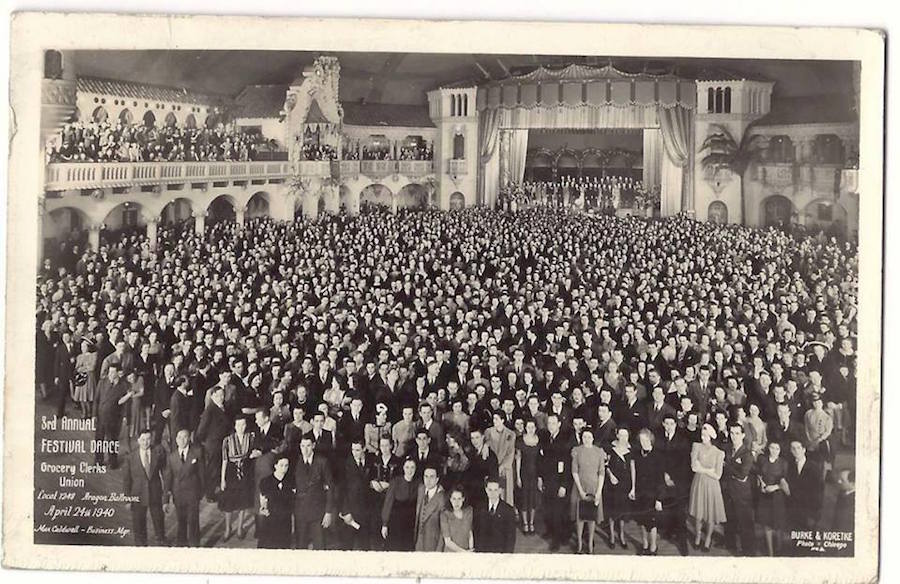
Aragon Ballroom 1940
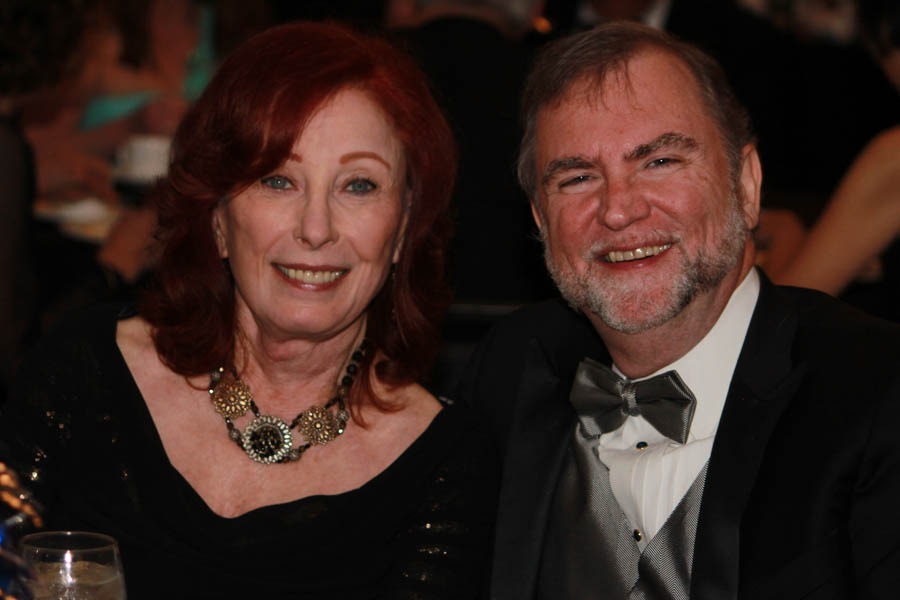
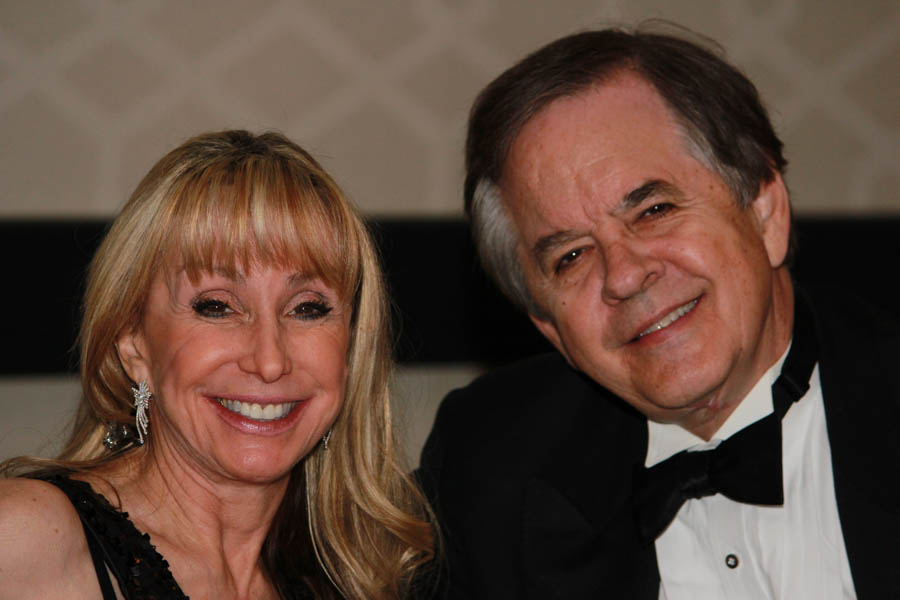
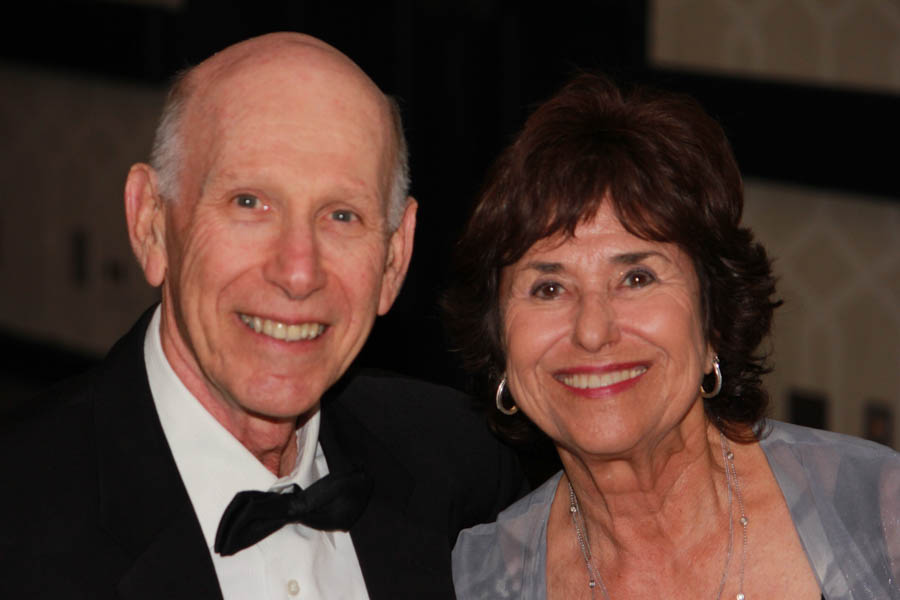
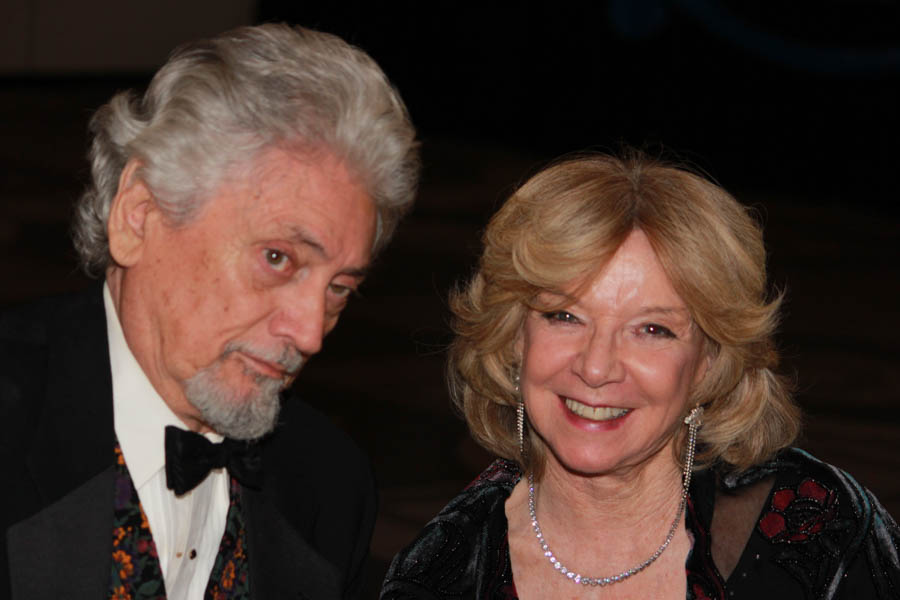

Did You Know? - Santa Monica has had several piers over the years; however, the current Santa Monica Pier is actually two adjoining piers that long had separate owners. The long, narrow Municipal Pier opened September 9, 1909, primarily to carry sewer pipes beyond the breakers, and had no amenities. The short, wide adjoining Pleasure Pier to the south, a.k.a. Newcomb Pier, was built in 1916 by Charles I. D. Looff and his son Arthur, amusement park pioneers.[6] Attractions on the Pleasure Pier eventually included the Santa Monica Looff Hippodrome building (which now houses the current carousel and is listed on the National Register of Historic Places), the Blue Streak Racer wooden roller coaster (which was purchased from the defunct Wonderland amusement park in San Diego), the Whip, merry-go-rounds, Wurlitzer organs, and a funhouse.
The Carousel was built in 1922 on what was often referred to as a Pleasure Pier and features 44 hand-carved horses. It was rebuilt in 1990 inside the Hippodrome. A calliope provides musical accompaniment.
The La Monica Ballroom opened on July 23, 1924. Designed by T.H. Eslick with a Spanish façade and French Renaissance interior, it was the largest dance hall on the west coast, accommodating 5,000 dancers on its 15,000-square-foot (1,400 m2) hard maple floor. Country music star Spade Cooley began broadcasting his weekly television show from the ballroom in 1948, where the enormously popular program remained until 1954. In the summer of 1955, the Hollywood Autocade opened at the La Monica with one-hundred famous and unusual cars, including Jack Benny's Maxwell and a Rumpler Drop Car. From 1958 until 1962, the ballroom served as a roller skating rink; first as Skater's Ballroom, and later as the Santa Monica Roller Rink, where the speed skating club won many state and regional championships. The La Monica Ballroom was demolished in 1963.
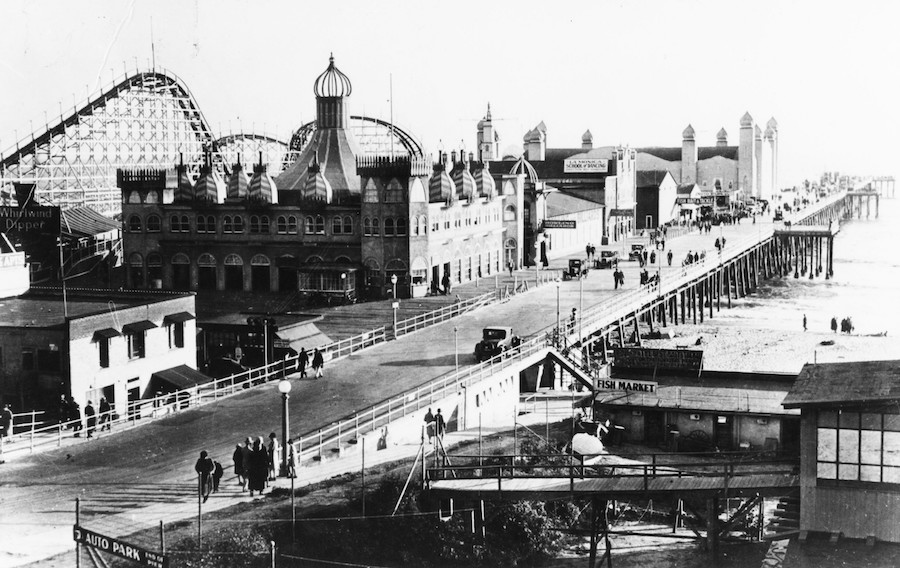
La Monica in 1940's
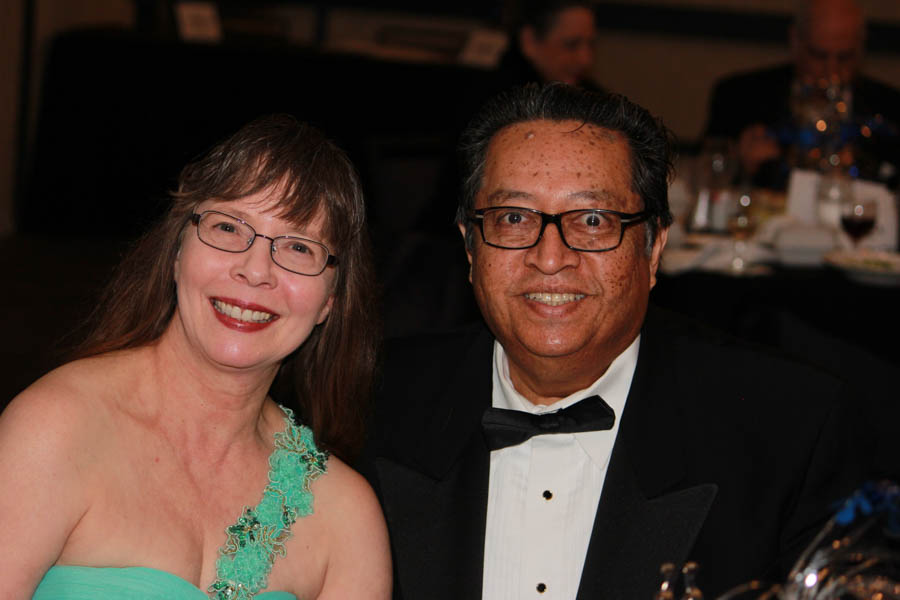
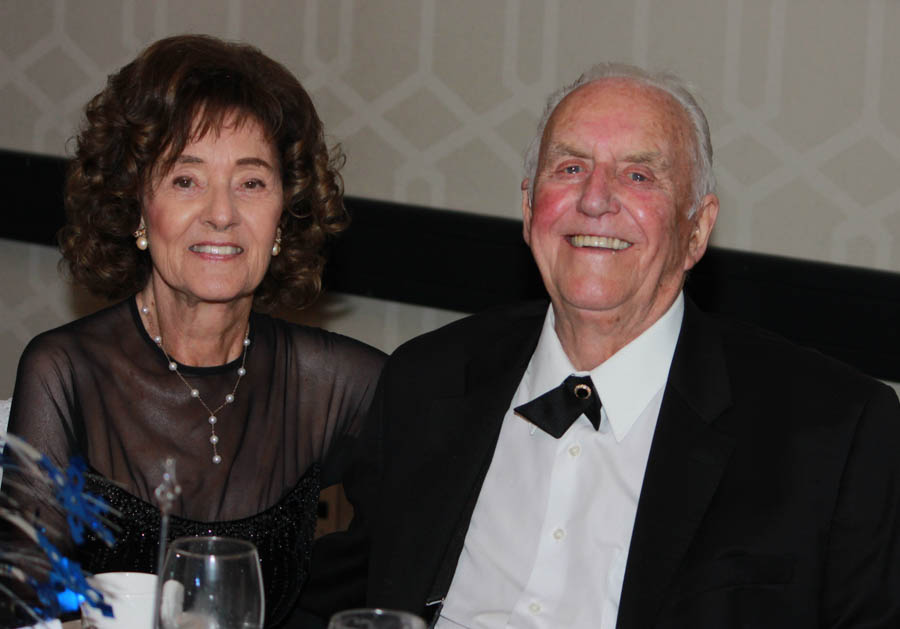
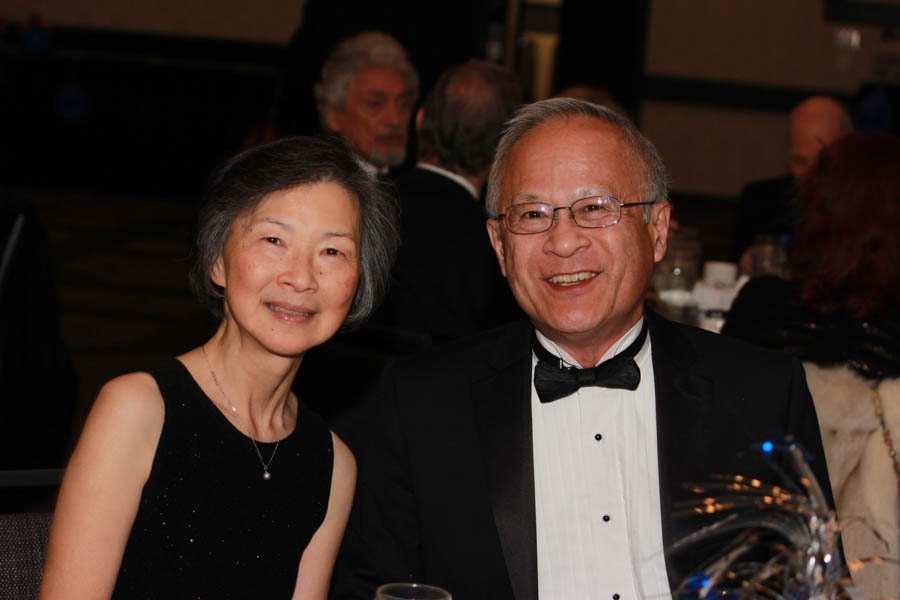
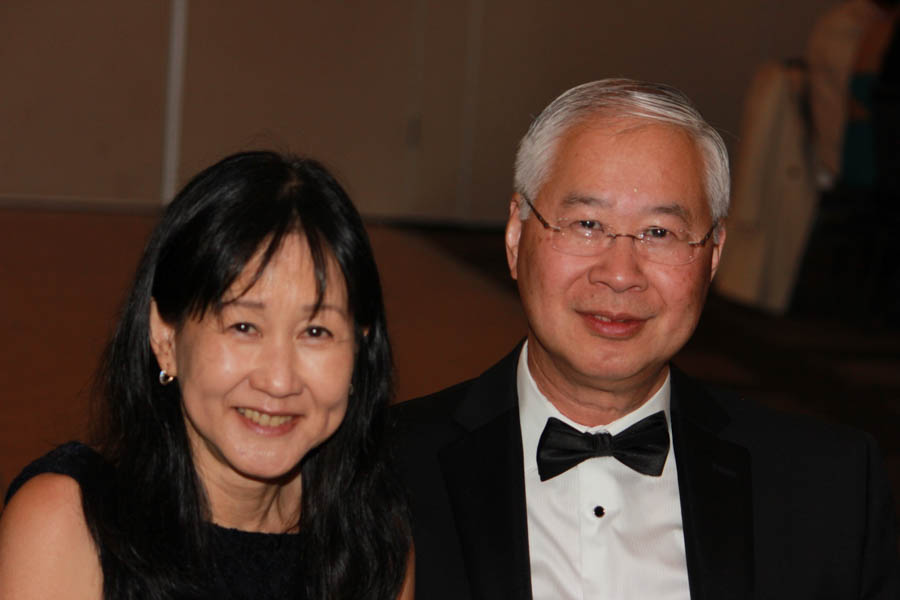
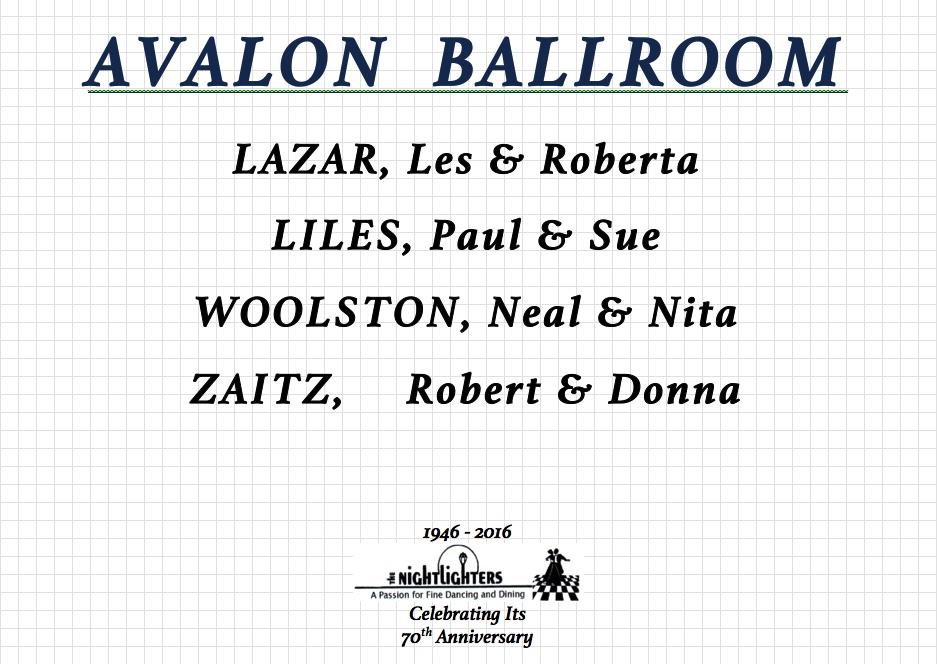
Did You Know? - The Catalina Casino was built on a site formerly known as Sugarloaf Point. The site was graded for the planned construction of the Hotel St. Catherine. However, it was eventually built in Descanso Canyon instead. When chewing gum magnate William Wrigley Jr. bought the controlling stake in Catalina Island in 1919, he used this cleared site to build a dance hall he named Sugarloaf Casino. It served as a ballroom and Avalon's first high school, until it became too small for Avalon's growing population. In 1928, the Sugarloaf was razed to make room for a newer casino building. Sugarloaf Rock was further blasted away to enhance the Casino's ocean view.[1][2]
On May 29, 1929, the new Catalina Casino was completed under the direction of Wrigley and David M. Renton, at a cost of 2 million dollars. Its design, by Sumner Spaulding and Walter Weber, is in the Art Deco and Mediterranean Revival styles. It was the first movie theatre to be designed specifically for films with sound ("talkies"). It received the Honor Award from the California Chapter of the American Institute of Architects, as "one of the outstanding architectural accomplishments."
With a height equal to a 12-story building, it was built to serve as a theatre on the main floor and a ballroom and promenade on the upper level. Movie studio tycoons such as Cecil B. DeMille, Louis B. Mayer, and Samuel Goldwyn frequently came by yacht to the Casino to preview their newest cinema productions. It also serves as the island's civil defense shelter, large enough to accommodate Catalina's entire year-round population. Within its walls is stored enough food and water for all Avalon's residents for two weeks.
NOTE: Many of us including the Gray's, Harringtons, Liles, Zaitz, and Berg's go over every year dressed in our attire of the Art Deco period and dance the night away at "The Avalon Ball"
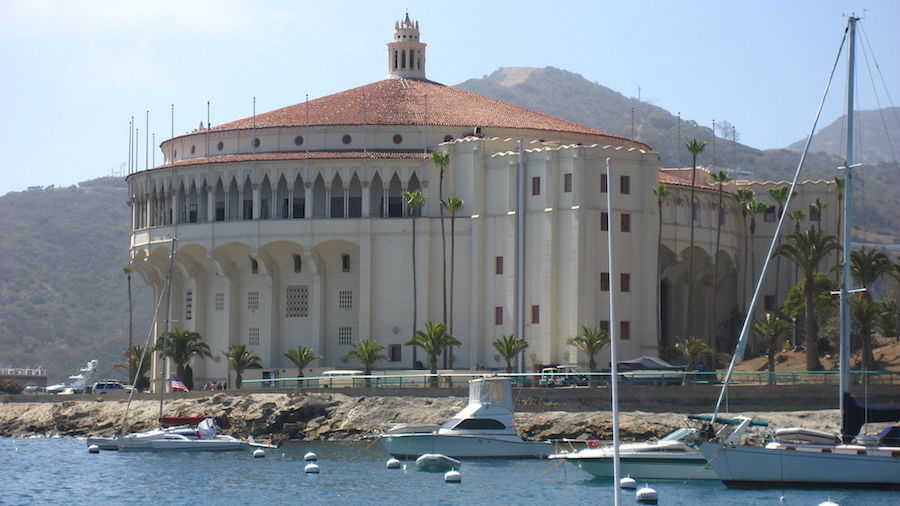
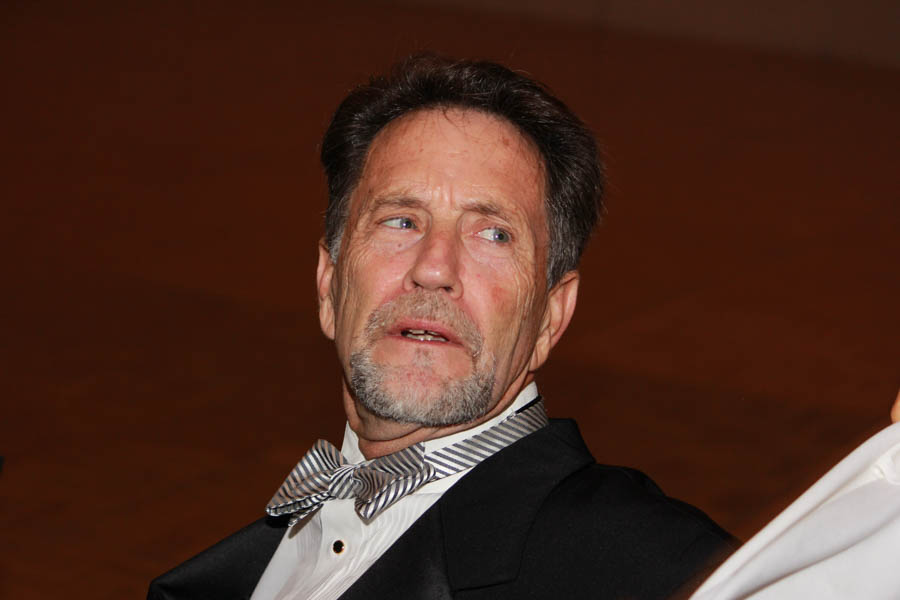
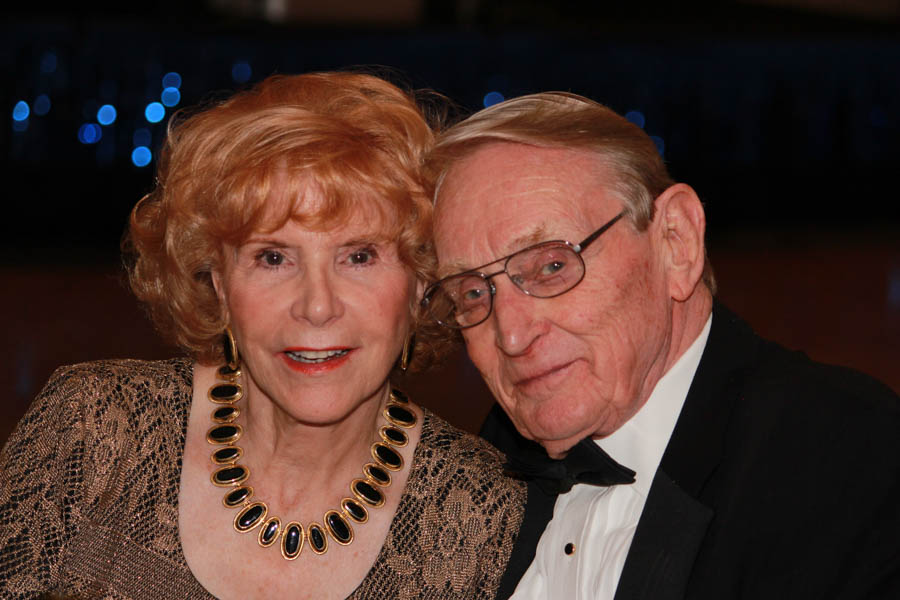
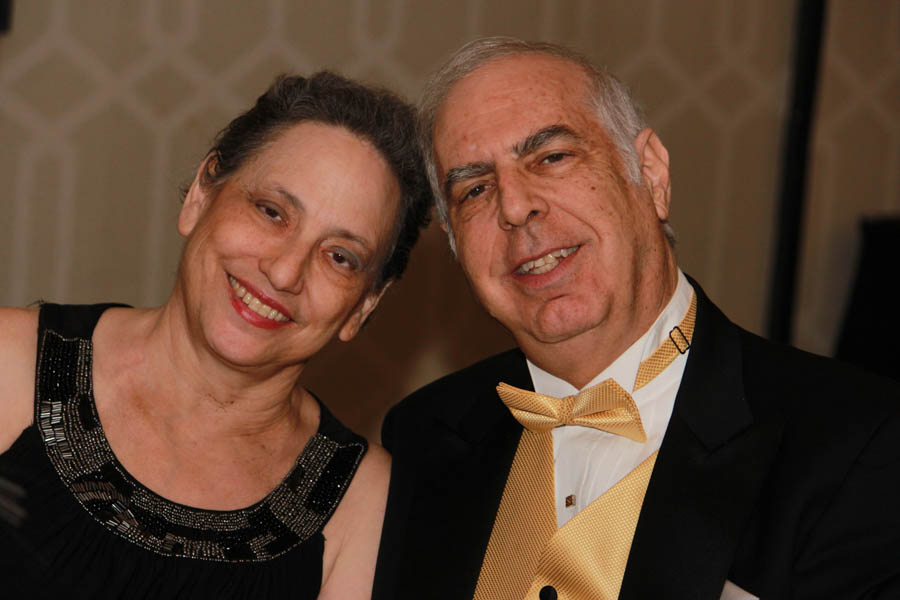
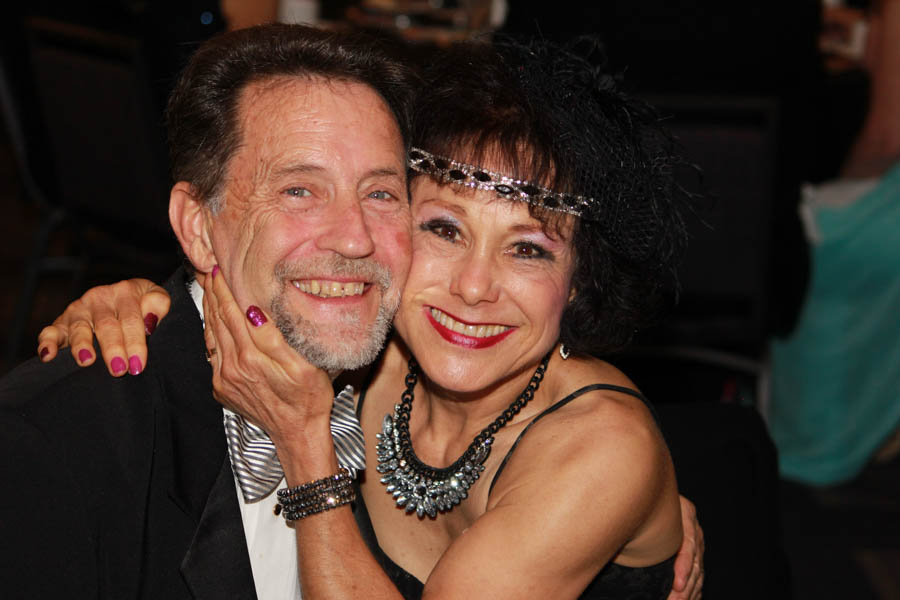
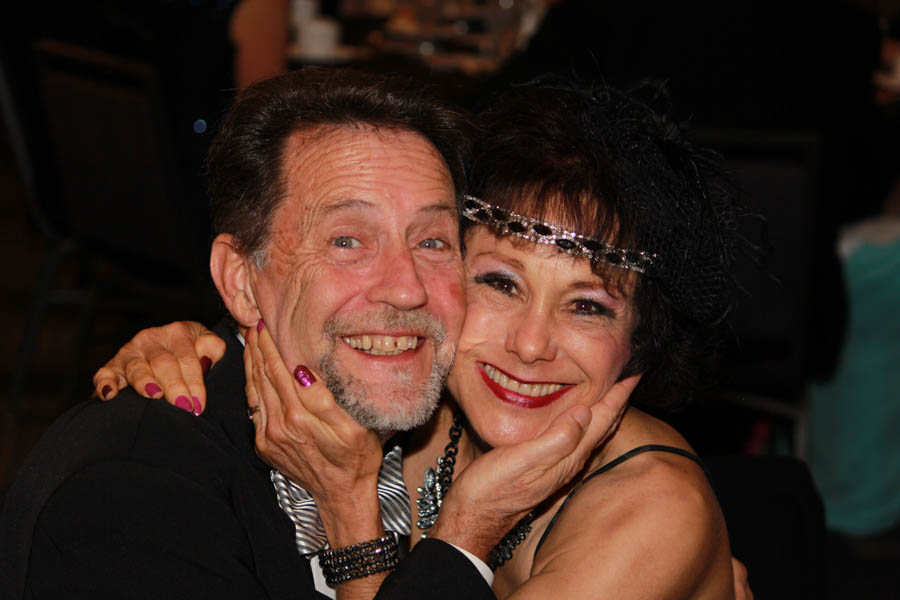
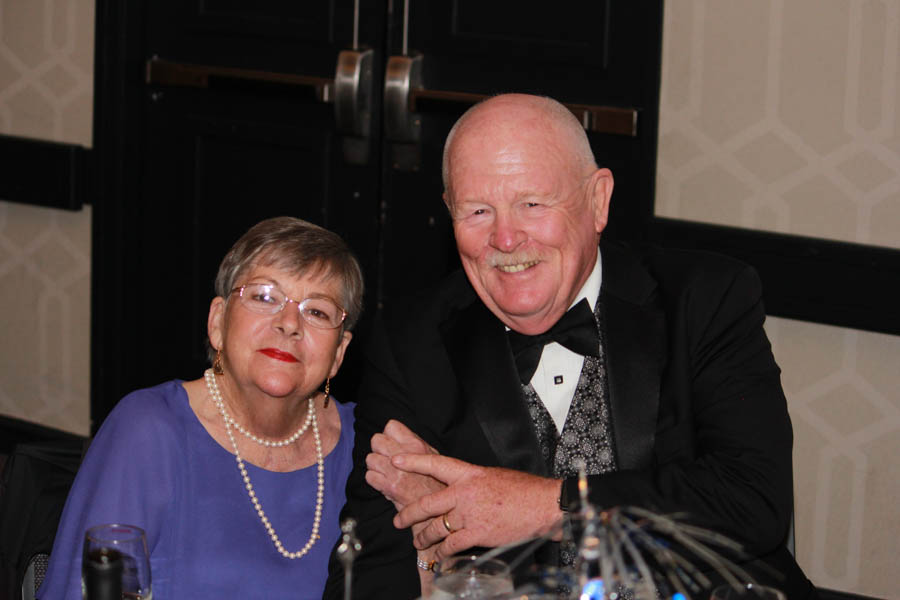
Sound: You Will Never Walk Alone (Judy Garland)
"You'll Never Walk Alone" is a show tune from the 1945 Rodgers and Hammerstein musical Carousel. In the second act of the musical, Nettie Fowler, the cousin of the female protagonist Julie Jordan, sings "You'll Never Walk Alone" to comfort and encourage Julie when her husband, Billy Bigelow, the male lead, lands on his knife when trying to escape capture after a failed robbery attempt. It is reprised in the final scene to encourage a graduation class of which Louise (Billy and Julie's daughter) is a member. The now invisible Billy, who has been granted the chance to return to Earth for one day in order to redeem himself, watches the ceremony and is able to silently motivate the unhappy Louise to join in the song.
The song is also sung at association football clubs around the world, where it is performed by a massed chorus of supporters on matchday; this tradition began at Liverpool Football Club in the early 1960s and later spread to several other clubs; most notably Celtic F.C. as well as various other Dutch and German clubs.
